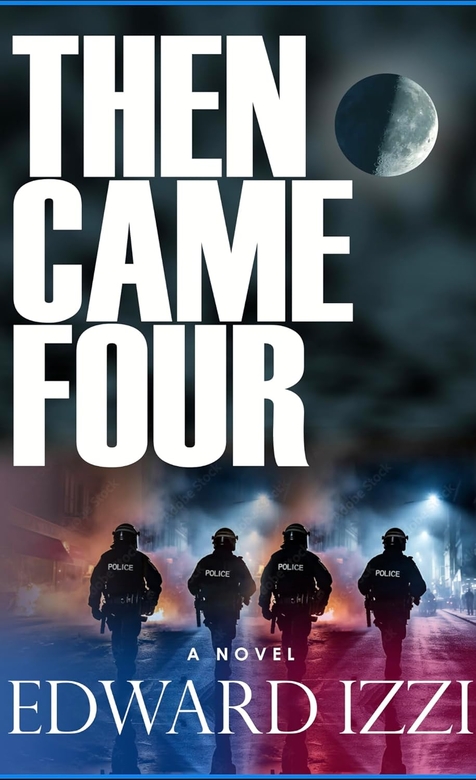 Edward Izzi spins a shocking tale of injustice and racial reckoning in Then Came Four, a fictional crime thriller that provides a graphic snapshot of systemic injustice, which could have been pulled from today’s headlines. At times stomach-turning in its unvarnished depiction of racism, this brutally blunt novel depicts graphic police brutality and rampant corruption that existed in Detroit during the mid-1960s and still persists in many parts of America.
Edward Izzi spins a shocking tale of injustice and racial reckoning in Then Came Four, a fictional crime thriller that provides a graphic snapshot of systemic injustice, which could have been pulled from today’s headlines. At times stomach-turning in its unvarnished depiction of racism, this brutally blunt novel depicts graphic police brutality and rampant corruption that existed in Detroit during the mid-1960s and still persists in many parts of America.
After years of turning a blind eye to his officers’ oppression of the largely African American neighborhoods of Detroit’s 13th District, Commander Charlie Crandell’s sins are coming back to haunt him. An unrestricted and unhinged tactical team under his command, nicknamed the Big Four, has come under scrutiny for their violent and racist policing tactics, as well as their recent role in the wanton killing of a homeless Black prostitute.
One relentless reporter, Joanne McGarrity, attempts to speak up for justice and reform within the Detroit Police Department, but the system is built to protect murderous officers, not expose them. To bring their criminality to light, she will need the help of a righteous lawyer, Wesley Norris, freshly appointed as the only Black ADA in the Wayne County Prosecutor’s Office. As more suspicious deaths pile up at the feet of this savage cop quartet, Joanne and Wesley team up to apply real pressure for change, one with a pen and the other with a sword. However, taking on some of the most powerful and dangerous thugs in the city is a tall order – one that places this duo squarely in the crosshairs of men who aren’t afraid to kill to keep a secret.
The bonds of friendship, brotherhood, and romance are all explored and tested in this timely and exhilarating read. Despite being set more than five decades in the past, the book’s core issues of police corruption and systemic racism are wildly relevant, where the indictment, prosecution, and sentencing of officers can be a slippery slope that leads to retribution and consequences for communities. The author immediately immerses readers in the time period, but it is impossible not to feel the contemporary echoes of this sinister storyline.
The prose is generally declarative and methodical, which conveys the setting and themes well, but the author too often tells readers about events, rather than showing them. This also holds true for character development, with blunt narration that makes figures into archetypes, as though further depth is unnecessary for their purpose in the chapter or scene. This is obviously an issue-laden novel, but the characters don’t breathe like they should, seeming at times more like pawns than vividly realized people – even if this was a work of nonfiction. There is also an issue with using the same descriptive framework for multiple characters, e.g. “pretty young blonde,” a phrase that in itself is too generic to completely bring the character to life.
That said, despite some superficial issues, this is a chilling drama capped by an inspiring dose of hope, which shines an important light on a subject that doesn’t seem to be going away, showing at once how we are currently doomed to repeat history, but also how awareness can slowly, even inevitably, turn the tide.
Available At

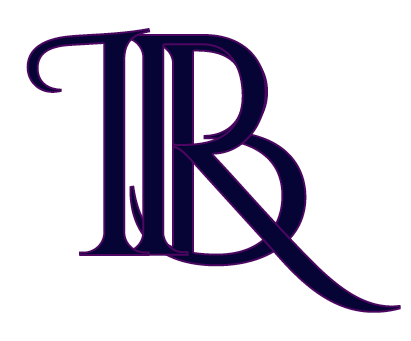
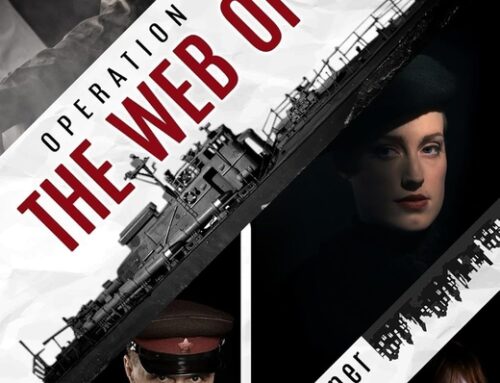
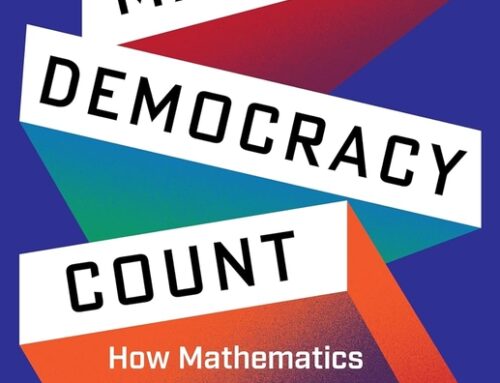
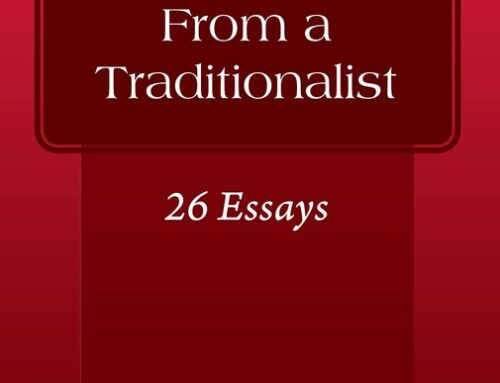
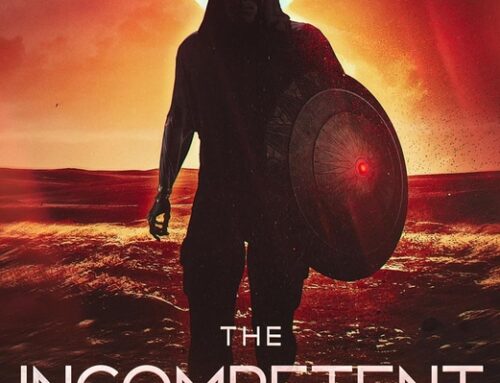
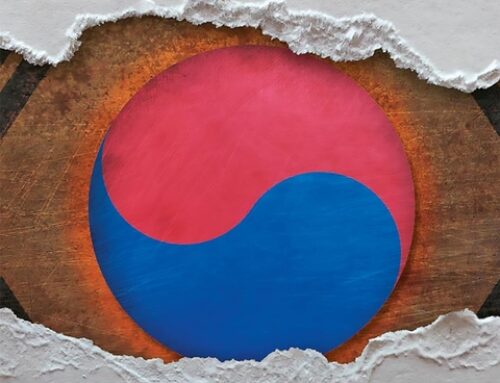





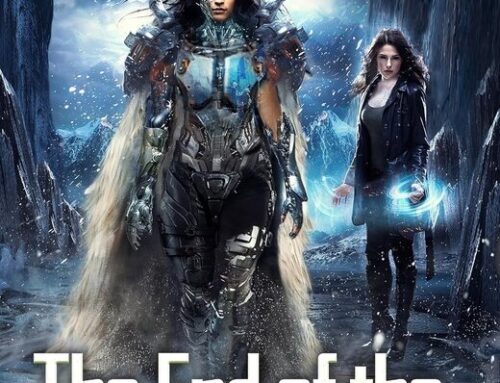

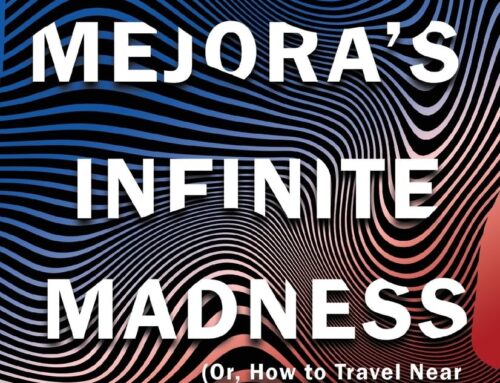


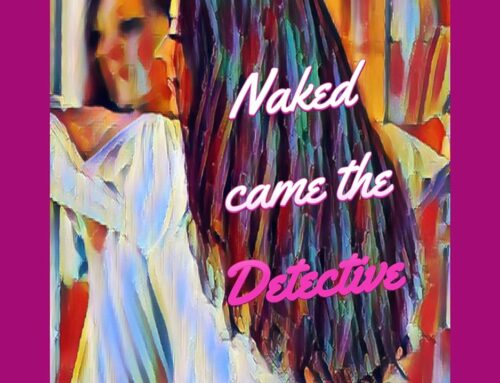
Leave A Comment